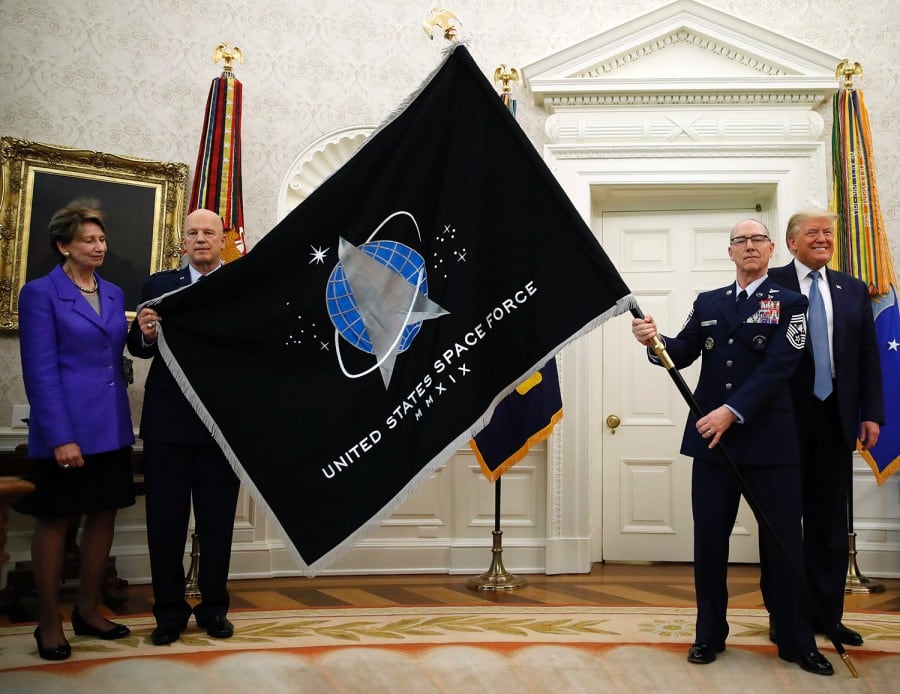A year after the Defense Department issued a long-awaited request for proposals for a new electronic health records system, a winner has been named for the multi-billion dollar program.
Leidos Inc., in a partnership with electronic health record vendor Cerner Corporation and Accenture Federal, won the $4.3 billion contract award on July 29 for the Defense Healthcare Management Systems Modernization (DHMSM) system. The team beat out a partnership led by IBM that included Epic Systems as well as another team comprising Computer Sciences Corp., Hewlett-Packard and EHR developer Allscripts.
The indefinite delivery/indefinite quantity contract has a two-year initial ordering period, with two three-year option periods and potential additional periods that could total 10 years. If all options are exercised, work is expected to be complete by September 2025, according to a DoD announcement.
The contract award is long-anticipated – and past its expected deadline. Federal documents showed a $149 million budget for DHMSM for fiscal 2015, and a contract award was expected in early in the 2015 fiscal year. The program's price tag could reach $11 billion over the course of its life cycle through 2030, Chris Miller, program executive officer for the DHMSM and integrated electronic health records, said last year.
DHMSM – known colloquially as "dim sum" – is designed to be a commercial-off-the-shelf solution to replace DoD's aging Armed Forces Health Longitudinal Technology Application, or AHLTA. The defense and health IT communities have been watching closely DoD's progress on a new EHR system, particularly after plans fell apart in 2013 for a joint health records system with the Veterans Affairs Department.
Defense and VA officials abandoned plans for an integrated EHR amid leadership disagreements and a projected $28 billion in costs, Frank Kendall, Defense under secretary for acquisition, technology and logistics, said last year. A July 2014 report from the Government Accountability Office further underscored the joint effort's problems, including failing to reach major milestones such as providing accurate cost estimates or an integrated deployment timeline.
Leaders at DoD and VA have pledged that their systems will be interoperable as the VA focuses on upgrading its decades-old Veterans Health Information Systems and Technology Architecture (VistA) program.
VistA 4, the next-generation system overseen by VistA Evolution, a joint program office between the VA Office of Information and Technology and Veterans Health Administration, is slated for completion in 2018. Initial operating capabilities were expected in 2014, and improved infrastructure and clinical enhancements were expected in 2015, although it is not clear if those milestones were met.
"We're making sure no matter what solution they select, interoperability will not be impacted," VA CIO Stephen Warren told reporters on in February. "And we're going to continue working on evolving VistA and supporting other organizations who've chosen this product as the way for them to do health care delivery."
Under the fiscal 2014 National Defense Authorization Act, DoD and the VA were directed to provide "seamless electronic sharing of medical health data" between the departments by December 31, 2016.






